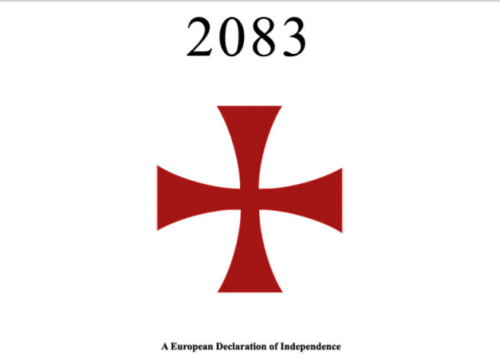
This reading carries on from here.
Much of this section (pages c. 200-286) relates to further elucidation of the nature of the relations between Muslims and Christians. Here Breivik takes care to ensure that the Christians are always cast as the victims. When recounting the Muslim conquest of Lebanon, he draws special attention to the fact that the percentage of Christians there has declined from roughly 79% to 25% in the last century.
One point that is hard to refute is that Islam conquered immense swathes of territory in the century after the death of Muhammad. Breivik points out the unlikelihood of a fundamentally peaceful religion spreading so rapidly and so violently so quickly – indeed, such a rapid, aggressive expansion can only be explained by the religion being fundamentally violent.
This perhaps has led to the world-view expressed in the early part of the document as being one of noble resistance against the plundering Islamic hordes. It also explains why much of this document painstakingly recounts the specifics of the conflicts.
This world-view has led to some far-reaching conclusions, such as that a reluctance on the part of European leaders to protect Christian communities in the Middle East is the equivalent of high treason. This might make some sense if a person considers themselves part of the Christian yang locked into an eternal struggle with the Islamic yin, where all Christians are part of the same “team”.
Most of Breivik’s rhetoric appears designed specifically to appeal to Christians: the “us and them” nature of relations between Christendom and the Islamic world is emphasised. There doesn’t seem to be much room for people who aren’t particularly enthusiastic about Christianity – if these people are Westerners, they have let Team Christian down by refusing to join them in their eternal struggle against Islam.
That concludes this section of Breivik’s manifesto. The next section looks at the problems currently besieging Europe.
